
8 Common Running Myths, Busted!
Make sure these running misconceptions aren’t hindering your cardio performance or you could get shin splints, muscle cramps, and more runner…
You’ve definitely heard them—”be sure to stretch before you run” and “always finish your runs with a cool down”—but is there any real truth to certain running “rules”?
We asked exercise science expert Michele Olson, Ph.D., professor of exercise science at Auburn University Montgomery, to help us sort fact from fiction when it comes to these popular running myths.
Myth: You Should Always Stretch Before You Run
The Truth: “Static stretching is not the optimal way to warm-up before you run,” Olson says. Believe it or not, you could actually strain your muscles with static stretching, and it might even slow you down. Instead, focus on getting oxygen to your muscles and warm them up—literally, Olson recommends. “Start out by walking and trotting: swing your arms; shrug your shoulders and slowly elevate your heart rate for about 10 minutes before you pick up your pace.”
That doesn’t mean you should skip stretching completely, Olson says. Just make sure to do it after your run, when your muscles are very warm and full of oxygen and nutrients; and then engage in static stretching, focusing on your leg, hip, and low-back muscles.
Myth: Muscle Cramps are Always Caused by Too Little Potassium
The Truth: Muscle spasms can certainly put a cramp in your running style, but that doesn’t mean you need to load up on potassium to prevent them. “Cramps are primarily caused by either being low on glucose (the form of sugar your muscles thrive on for energy) or low water and sodium levels,” Olson says. When you are working out very hard (like lifting weights or with intense intervals), you use up glucose faster than what can be delivered to the muscles, and this causes that muscle-burning lactic acid to form. The best way to get rid of cramps caused by low glucose levels is to take a 60-90 second break to help rid your body of lactic acid and allow glucose to travel to the muscles, Olson says.
To prevent cramps caused by excessive sweating during steamy outdoor runs, be sure to stay well hydrated and nourished, Olson says. “When you sweat, sodium is also excreted, and water and sodium go hand-in-hand. Losing significant levels of potassium is actually quite hard to do. Potassium lives inside our cells and is not excreted as readily as sodium. Sodium, like water, resides outside the cells in your body.”
Myth: You Should Always Do a “Cool Down” After Your Run
The Truth: Have you ever finished a long run and all you want to do is sit down but your running buddy insists on a cool down? Good news! It’s actually OK to sit and catch your breath after a run, Olson says. The idea behind ‘cooling down’ (an active way to recover) is that you’ll enhance your body’s ability to return to its normal, pre-exercise state, but it isn’t mandatory. Your increased breathing rate will do the job just fine, Olson says. “Your body is engineered to return its functions back to a normal resting state anyway—and that post-exercise heavy breathing is your body’s natural way of restoring oxygen levels, removing heat, and moving out waste products whether you are actively recovering or passively recovering.”
Myth: For Runners, the More Flexible You Are, the Better
The Truth: “Actually, runners with the most lower-extremity problems such as shin splints and lateral ankle pain and weakness are the most flexible in the ankle joint and more prone to injury,” Olson says. So does that mean you should stop stretching? No, Olson says. “Overly flexible joints have less stability and are more vulnerable to being overstretched or moved out of normal, joint-friendly positions, but there needs to be a balance between flexibility and stability to prevent injuries. Stable joints that have strong muscles surrounding them don’t allow the joint to move into ranges that can over stress the tendons and ligaments. The lesson here is that the more stable your joints are, the better.”
Myth: Barefoot Shoes are the Best Footwear for All Runners
The Truth: In the U.S. we grow up wearing shoes and our bodies adapt to footwear, Olson says. But the barefoot runners from Kenya, for example, never wear shoes, so their bodies are more adapted to barefoot running. If you aren’t used to running sans shoes, immediately switching from cushiony kicks to barefoot runners may not be the best idea. “If you want to try the newer barefoot shoes, be sure to ease into them. Go for short distances and build up slowly,” Olson recommends. And while they can offer some benefits for runners, they aren’t the best choice for everyone. “If you wear orthotics or have joint problems that require the cushion of a typical running shoe, you may not do well with barefoot shoes,” Olson says.
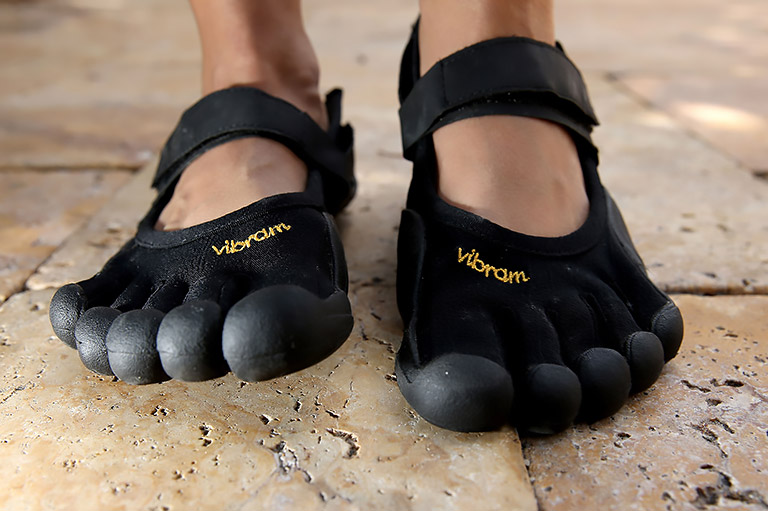
Myth: You Should Run with Wider Strides to Avoid Shin Splints
The Truth: Actually, the opposite of this is true. “If you have shin pain on the front and to the outside of your shin bone, you are most likely over-taxing the muscle and tendon that runs to that side of the shin bone,” Olson says. “You should actually shorten your stride to avoid excessive pulling on that muscle. If you have pain in the inside of the shin it may not be a problem with your stride at all but an overly flexible ankle joint that allows your foot to roll inward too much. Strengthening your arches will be your best strategy, along with stretching your Achilles tendon, to avoid this type of shin splint.”
Myth: To Avoid Tightness, Runners Shouldn’t Strength Train
The Truth: Believe it or not, strength training has never been proven to decrease flexibility or cause tightness in the joints, Olson says. “In fact, the strongest athletes—Olympic weight lifters—have more flexibility than any other athletic group except for gymnasts.” Why? Think about it: When you do a full range of motion squat, you help improve the flexibility in your hips. When you do a lat pull down, you are improving the flexion and extension range of your shoulders, Olson says. Adding total-body strength workouts to your routine could actually help improve your runs: “weight training helps your muscles to be more powerful. Doing lighter weights and explosive moves will go far to help you run faster and finish off races with a stronger kick.”
Myth: Running is Enough to Prevent Osteoporosis
The Truth: While running is an excellent way to load the spine and the hips, low bone mass can occur at other joints, Olson says. Since running only loads the lower body, the best way to prevent osteoporosis with exercise is to train your entire body with a variety of exercises. “Lifting weights or doing yoga and pilates can also help to improve your balance. Taking a fall from poor balance is, in fact, the leading cause of hip fractures. So even if you have low bone density in your hips or spine, if you have good balance and are not likely to fall, you definitely decrease your risk of an osteoporosis-related fracture.”

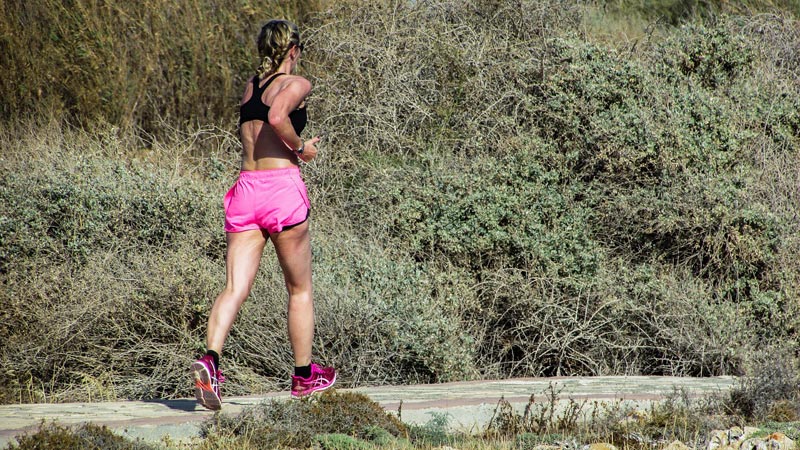
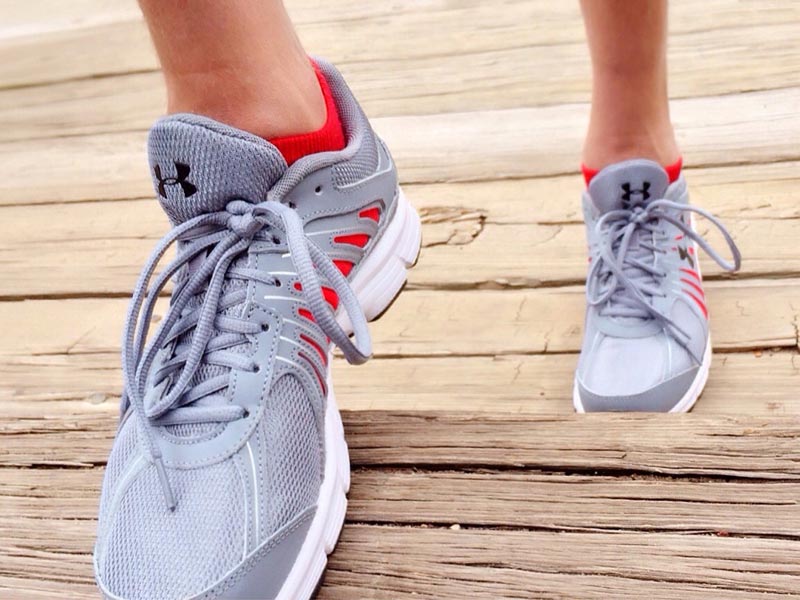

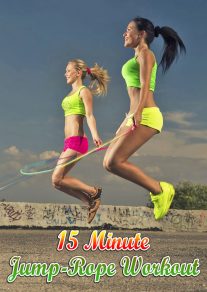
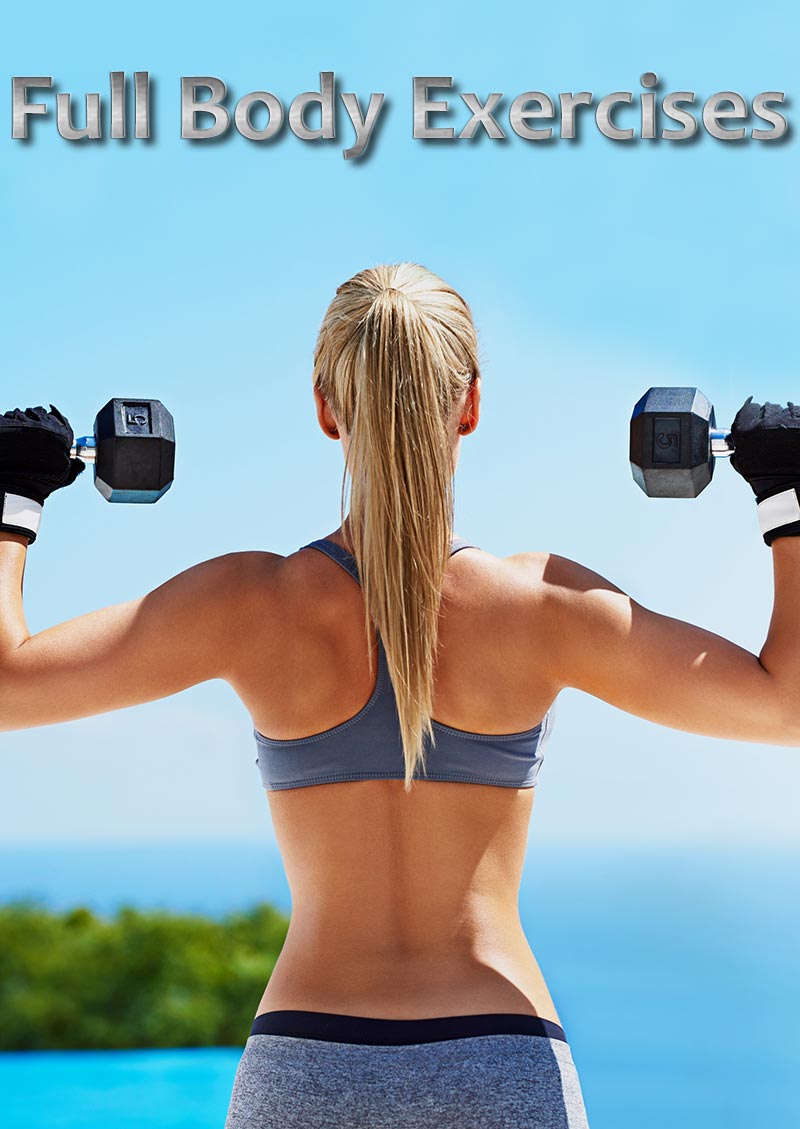
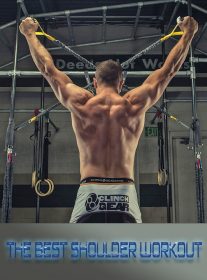
Leave a Reply